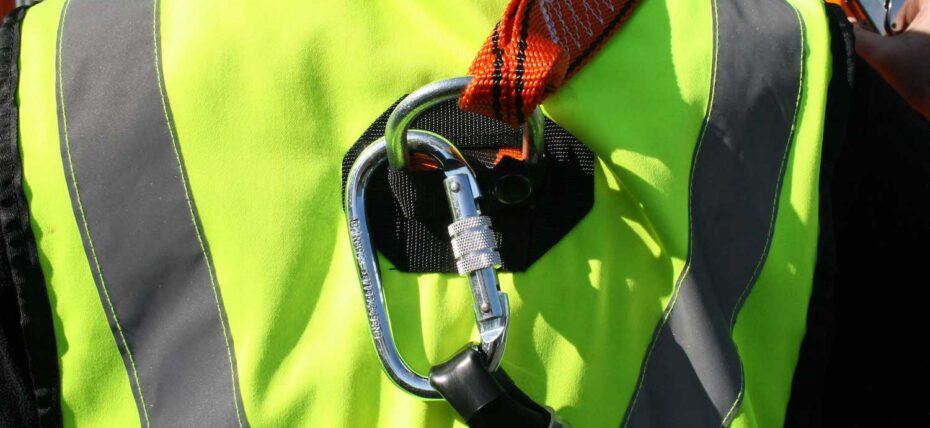
Reducing the risk of falling from height with PPE
Do you know the difference between fall arrest and fall restraint?
According to the IPAF sudden movement is one of the leading causes of falls from MEWPs. More specifically, falls occur when:
- a vehicle or lose materials collide with a MEWP causing it to jolt and workers to lose their footing
- driving or parking a MEWP on uneven ground as it makes it unstable
- a MEWP catches on an obstruction and stops suddenly
- workers don’t wear the correct PPE
- people overreach while working or ignore other safe working practices
There are many ways of minimising the chances of falling. For example, risk assessments and site inspections highlight all hazards and enable the most appropriate health and safety measures to be put in place. Familiarisation training, working to weather conditions and consulting experts such as us, Warren Access, also helps, as does making sure you use the correct personal fall protection.
Personal fall protection
When it comes to personal fall protection, there are two types: fall restraint and fall arrest.
Fall restraint systems
In the work at height hierarchy of control, fall restraint systems are preferable to fall arrest ones as they prevent falls from occurring in the first place. The harness, lanyard and anchor combination work together to prevent workers from accessing areas of high fall risk, for example, the edge of a roof. The lanyard length must be shorter than the distance from the edge to keep workers out of the fall zone.
Fall arrest systems
Unlike fall restraint systems, fall arrest ones minimise the impact should a fall occur. A retractable lifeline or shock-absorbing lanyard attached to a harness on one end and anchorage on the other takes the force of the fall preventing the worker from reaching the ground. Having a rescue plan in place is essential to ensuring you can rescue workers quickly and safely if needed.
A few points to consider
whichever type of personal fall protection you use, it’s vital to set it up correctly. If the anchorage is wrong, it may not hold the weight and if the lanyard length is too long, it won’t do the job intended and could still result in injuries. Regular equipment inspections by competent people and ensuring that all parties know how to, and do, use safety equipment properly are also essential.
Train with Warren Access
If you would like to know about training, we run a successful harness use and inspection course, see our website or contact one of our depots – Huntingdon 01480 891 581; Newcastle 0191 236 7120 – for more information.
